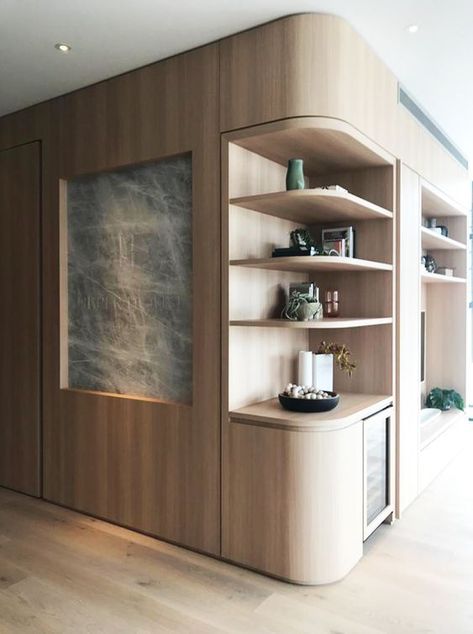Wood joints are joints made of pieces of wood with the help of nails, fasteners, pegs, or glue. These joints are used to join wood, engineered lumber, or synthetic substitutes (such as laminate) to produce more complex items. Some wood joinery uses mechanical fasteners, bindings, or adhesives as the fixing medium, while others use only wooden elements (such as plain mortise and tenon fittings). Wooden joints are solid and attractive at the same time.
27.7k





































